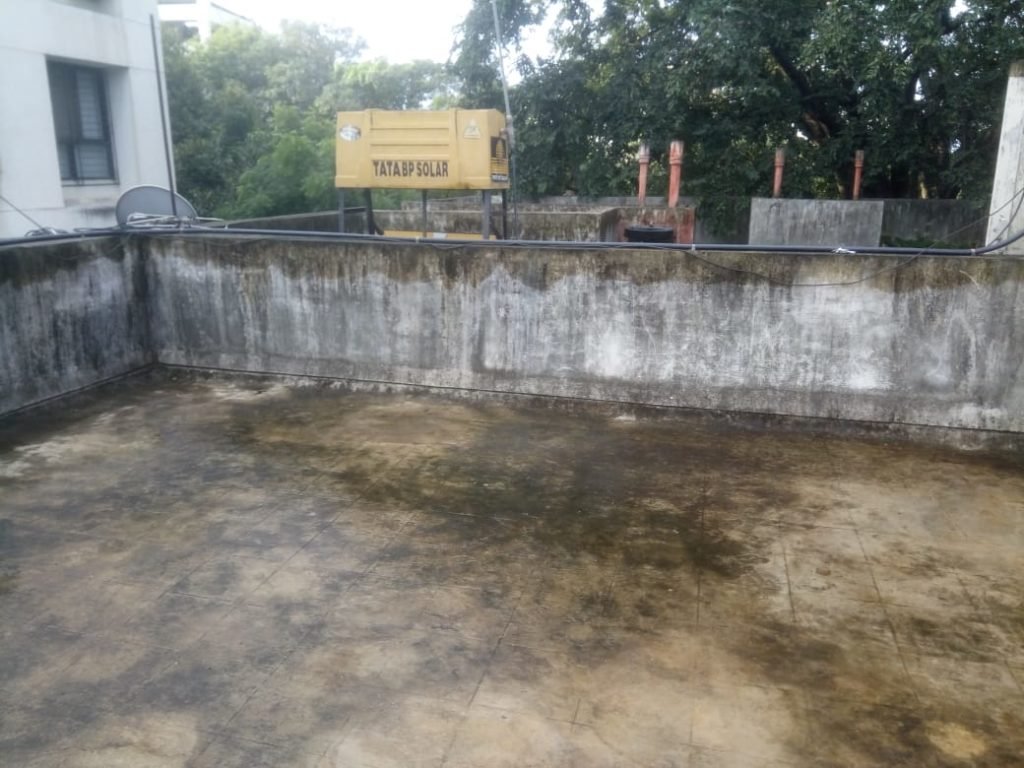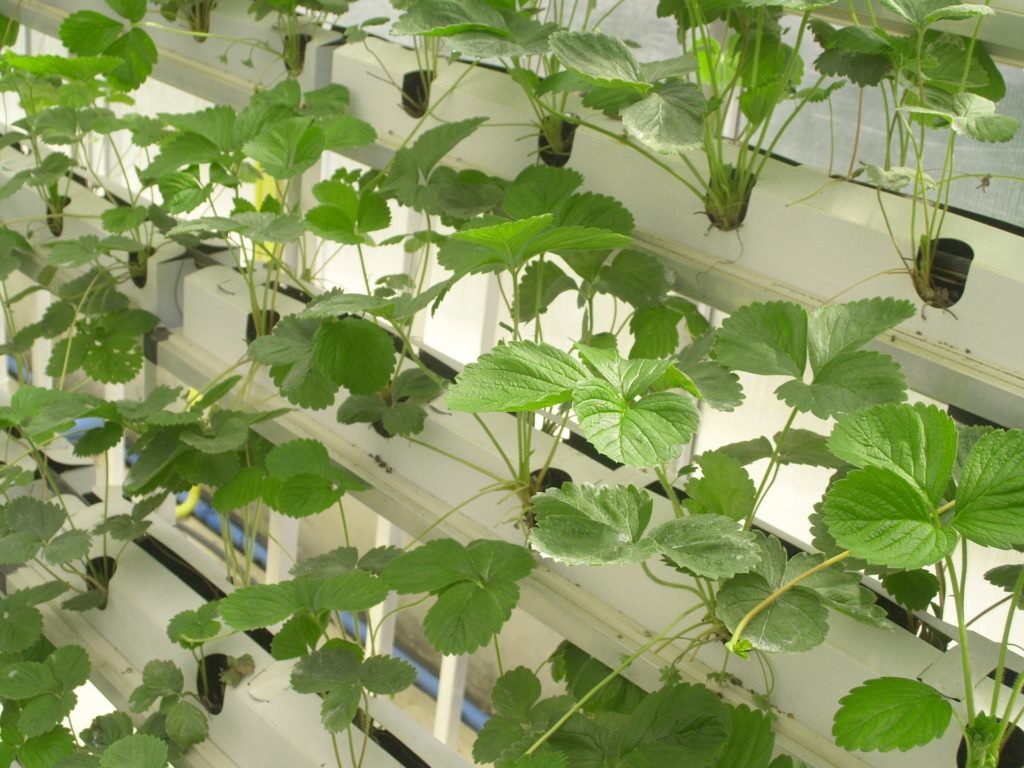We hear this word “Soil-less Garden” from time to time. It is a relatively new concept born in urban landscapes.
Cities are the center of commerce, huge infrastructure. Due to this very reason, people come to cities for employment opportunities.
Eventually all cities hit the limit to growth. It is not possible to grow horizontally any more. To accommodate the growing population, our cities started growing vertically. Tall buildings took place of bungalows. Gradually buildings became taller and taller.
Where a bungalow accommodated one family, now same patch of land saw multifold increase in number of families, residing in each apartment. Demand for parking space, paver blocks ate away areas where gardens blossomed once upon a time.
As people moved up the floors, contact with soil reduced.
However, it did not discourage people’s love for gardening. Planting in balconies and terraces was the way out.
Additionally, terrace gardens create green cover over concrete, preventing too much heating. Bangalore has been pioneering in terrace gardening; with other cities following the suite.

In recent years, there is trend towards “Grow your own food”. To ensure toxic-free food, people prefer growing it in their gardens and on terraces, where they have complete control over cultivation. Thus, more and more terraces are brought under cultivation.
Here was the challenge nobody imagined when people had garden in their bungalow premises, on ground.
Where to get the soil from?

And thus soil-less gardening was born.
What exactly is soil-less gardening?
Idea is to utilize some other material instead of soil. If we provide plants all the nutrients they get from soil, we can use any material in place of soil.
Often this material is compost created using dry leaves and kitchen waste. It serves two purposes; availability of organic matter for the garden and utilization of dry leaves and kitchen waste, that otherwise would go to dump yards. Both, dry leaves and kitchen waste are available for free.

Other not so cheap options are cocoa pit, hydroponics i.e. cultivation using water.

Hydroponics
Yes, I know, what you are wondering. Many plant nurseries sell soil, why not just buy from there?
Here is why we should not.
How soil is made available there? By bringing it from some other place, right?
Means, to fulfill our need, we would be taking away soil from some other area, transporting it to nursery and to our place from there.
It is not at all fair and not really very wise, ecologically, isn’t it?
So, the option is to make the garden soil-less.
Only soil that is utilized in such gardens, is the soil that comes with the plant in the bag with it.
Taking load off the structure
When we made gardens on the solid ground, we never worried about this factor. But when we have garden on terrace, won’t it put pressure on the structure beneath? Would it prove risky for the structure?
Usually terraces in India are built taking in consideration our ceremony-loving culture. For weddings and family get-togethers, terraces are often used. So, usually structures are built keeping in mind gathering of people, and that much additional load.
Still, the continued burden could pose problem.
Here, gardens created using compost, cocoa pit have advantage over soil-gardens. Soil has weight of its own. Compost is much lighter than soil. Also, soil holds water and becomes heavy.
Oh, don’t believe my words, do test it yourself. Take 2 pots; fill one with soil and the other with compost. Lift the pots one by one and check the difference in weight of two.
Any Flip-side to soil-less gardens?
Yes, now let’s check if absence of soil causes any issues.
First, we need to discuss how soil is created and what could be there in the soil, that is missing in our soil-substitutes.
Soils are made from rocks. Due to action of water, wind and temperature, rocks erode i.e. they crack, crumble to smaller chunks. Chunks are further reduced to small particles with further erosion and eventually soil is formed.

Formation of soil through rock erosion
Rocks contain various minerals. Traces of those minerals are present in the soil.
When we replace soil with compost or other material, we might miss out on some of these naturally occurring minerals.
Although, discussion with many gardeners suggested that it is not a major challenge as such. Some plants might need extra nutrients, which could be provided through easily available resources.
In next few blogs, we will visit some terrace gardens from Pune city, talk to their creators to understand the nitty-gritty of the process.
See you soon.
If you have any queries, feel free to write in comments or write to us at pune.brownleaf@gmail.com if you are more comfortable with email.




Very well narrated !
Thanks
Excellent idea, recycling n very economy process
Thanks Priya
Congratulations Aditi. Well written.
Thanks Vrinda
Your website has exceptional material. I bookmarked the site